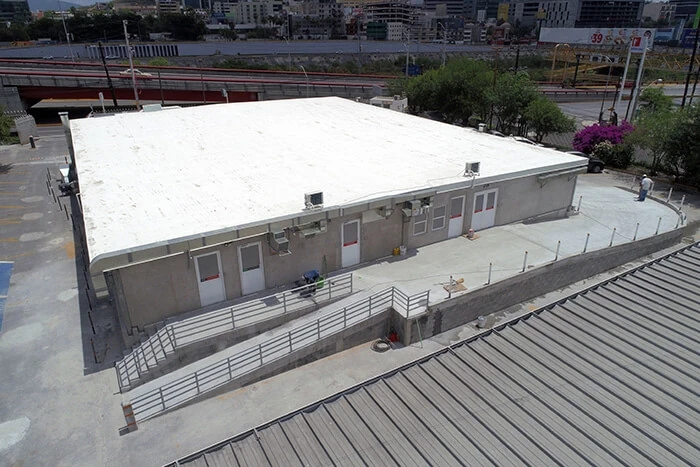The COVID-19 pandemic is an extraordinary circumstance that has demanded an extraordinary response. When the dust finally settles, the designers and builders who met the moment will have many learned lessons that promise to outlast it. Responses to future challenges—whether ordinary construction conundrums or international emergencies—promise increased speed and efficiency.
In Wuhan, the value of technology shines brighter thanks to the success of Huoshenshan and Leishenshan hospitals. “Technology is the king,” says CSCEC-3’s Wu. “Technicians are constantly improving the construction plan on-site, and the process needs to be as simple as possible while not compromising existing functions.”
Simplicity breeds efficiency, says Hu, who emphasizes the importance of BIM to the process. “Using BIM to create an information-sharing platform for owners, management companies, construction contractors, construction teams, and other units to realize data sharing on the same platform makes communication more convenient, collaboration closer, and management more effective,” he says.
For CSADI, designing Leishenshan Hospital showed the value of working in the cloud. “At present, the general situation in China is that remote collaboration has not formed at scale,” Zhang says. “When an emergency comes, there is no efficient coordination mechanism. In this project, the concept of the cloud has gradually become popular, such as remote offices and video conferencing. Because of this opportunity, CSADI is preparing to establish a private cloud enterprise-collaboration mechanism.”
In Mexico, CEMEX learned the value of collaboration through technology, which has the potential to streamline future projects by aligning builders and clients. “The fact that the client can virtually walk through a project and make recommendations is great,” says CEMEX Manager of Segment Development and New Business Eileen Hernández. “The expectation is very close to what we are delivering, because the client was involved from the beginning.”
But technology alone won’t increase speed and collaboration; according to Kesterton, relationships are also crucial. Kesterton attributes the NHS Nightingale Hospital Birmingham’s success largely to the strong rapport he had with employees, contractors, and the client. “You need to get to know people on a personal level,” he says. “Then, if there are times when things get difficult, those people will be more flexible to help you overcome issues.”
Which leads to perhaps the most powerful lesson of all: When stakeholders work as a team, anything is possible. “The biggest learning for me is what you can achieve if you have to achieve it,” Kesterton says. “If someone said to me a few months back that we were going to install 1,200 critical-care beds for £30 million over a three- to four-week period, I would have said it wasn’t possible. But when you actually accomplish that level of output and production, it makes you realize what can be achieved when everybody pulls together to work toward the same outcome.”











